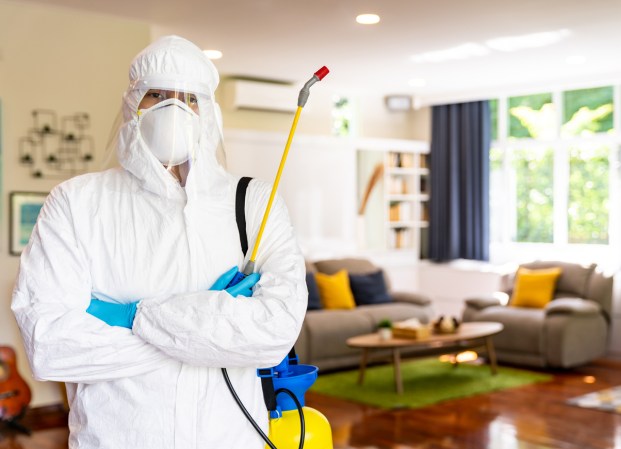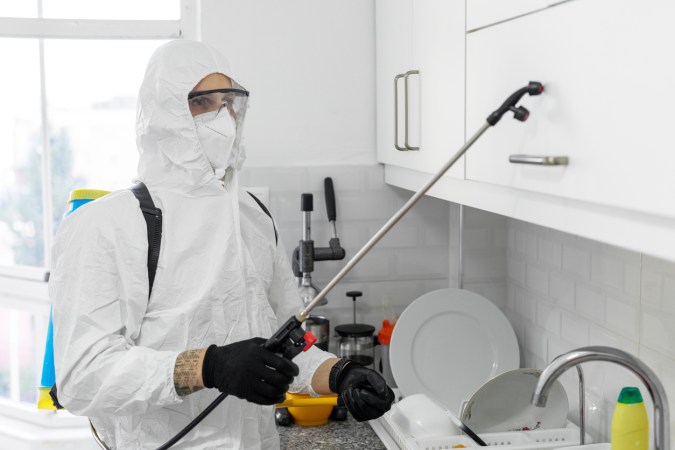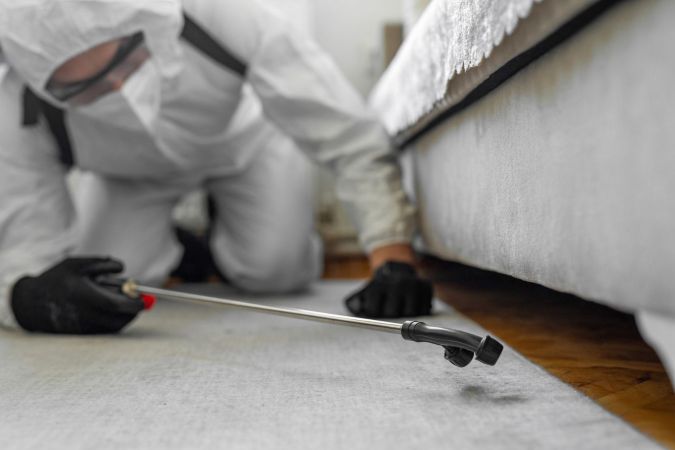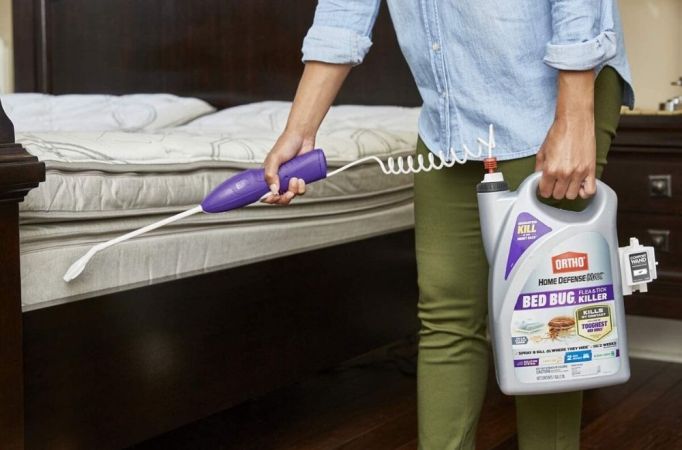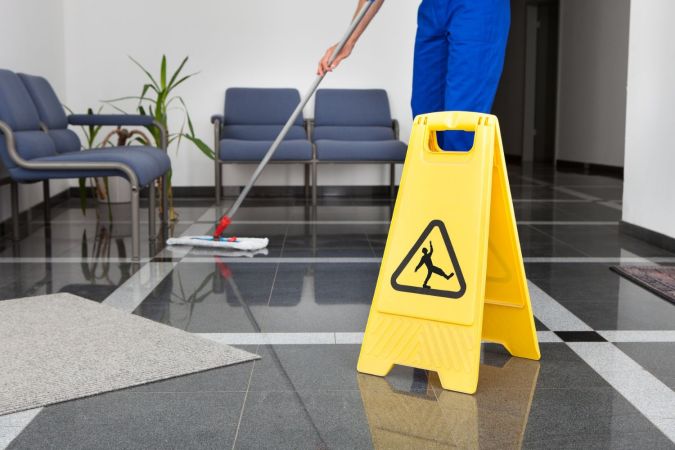We may earn revenue from the products available on this page and participate in affiliate programs. Learn More ›
Individuals with pest management expertise and an entrepreneurial spirit might consider starting their own pest control business. This field promises a steady demand from both residential and business pest control clients, as well as the potential for significant growth and profitability. After all, most homeowners want to get rid of bugs in the house as quickly and effectively as possible after spotting them.
However, breaking into the pest control service industry requires more than a working knowledge of pest management techniques. As with any type of business venture, aspiring entrepreneurs will need to lay some groundwork before beginning, including putting together a comprehensive business plan, conducting market research, developing an understanding of their local and state regulatory standards, and coming up with a robust marketing strategy.
From obtaining the necessary licenses to choosing the right business structure, here is everything an entrepreneur needs to know to start a pest control business and thrive among the best pest control companies.
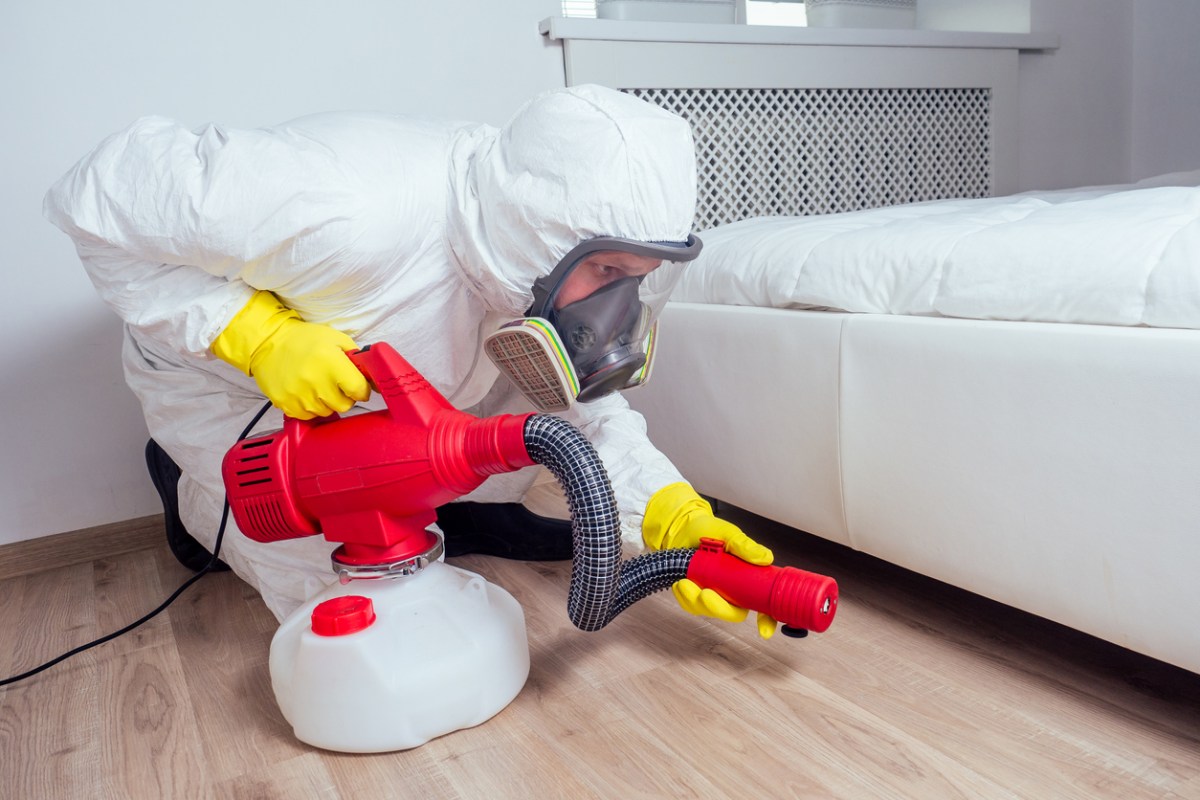
STEP 1: Consider what types of pest control your business will offer, and write a comprehensive business plan explaining your goals and objectives.
There are a few different avenues aspiring pest control business owners can choose in terms of the services they’ll provide. Some pest control businesses specialize in one area, such as treating termite infestations, eliminating rodents, or removing wildlife or small animals. Others offer a broad spectrum of residential and commercial pest services to compete with nationwide providers like Orkin and Terminix. Aside from the entrepreneur’s own areas of expertise and interests, market demands and competitor offerings can help determine the right path for a new pest control business.
Once they’ve landed on the pest control services they’ll offer, entrepreneurs will need to draft a comprehensive pest control business plan. This document will lay out the business’s goals and objectives clearly and cover its unique value proposition, financial projections, marketing strategies, and operational plans.
STEP 2: Determine what types of business licenses you will need to legally run a pest control business in your state.
To operate legally, most pest control companies will need to secure a business license. This may include a specialized pest control license in addition to a general business license.
Mike Prickett, owner of Jupiter, Florida–based Blue Door Pest Control, emphasizes the importance of regulatory compliance for newcomers to the pest control industry. “Compliance with regulations is not optional,” Prickett warns. “Obtaining the necessary licenses and certifications, complying with environmental regulations, and maintaining proper record-keeping practices will save you a lot of headaches down the road.”
Pest control licensing requirements vary from state to state, so aspiring business owners will want to conduct thorough research or consult with legal experts to understand any local or state prerequisites for application. For instance, some jurisdictions have specific education, training, and examination requirements. Prickett recommends entrepreneurs explore pest control certification programs through the National Pest Management Association (NPMA) at a minimum, depending on what an entrepreneur’s home state requires.
After obtaining their initial license, entrepreneurs will want to stay informed about any ongoing pest control requirements to maintain their licensure. This is an essential step for business continuity and compliance with state regulations, as well as to avoid costly penalties.
STEP 3: Choose a business structure and register your business with your local municipality, then open a business bank account.
Whether they choose a sole proprietorship, partnership, limited liability company (LLC), or corporation, the business structure an entrepreneur chooses for their pest control company will have significant implications for taxation, personal liability, and the ability to raise capital if needed. Consulting with business, legal, and financial professionals can help a business owner determine the right balance of benefits and protections. Entrepreneurs may also opt to work with one of the best LLC services, such as LegalZoom or Northwest Registered Agent, to help them register their business legally.
Once the business structure is determined, an entrepreneur can register with their local municipality. A valid business registration is typically required to open a business bank account, which ensures that financial transactions for the company remain separate from personal finances. This step not only simplifies the business’s accounting practices and tax preparations but also enhances the credibility and professionalism of the pest control business among financial institutions.
STEP 4: Get business insurance to help protect your pest control business from risk and liability.
A comprehensive policy from one of the best small-business insurance companies, such as NEXT or Thimble, can protect a pest control business against many common risks and liabilities. This includes potential damages that may occur on a client’s property during a job. It also helps mitigate the impact of lawsuits, accidents, and unforeseen events that could otherwise result in substantial financial losses.
Different types of insurance may be required for a pest control business depending on the scope of services provided, the size of the business, and the number of employees. General liability insurance, for example, offers broad protection against third-party claims of bodily injury or property damage, while professional liability insurance covers claims related to negligence in the services provided. Workers’ compensation is required in a majority of states if the business has employees, as it offers coverage for medical care or lost wages due to job-related injuries or illnesses.
The cost of small-business insurance is a worthwhile investment to ensure that a pest control business not only complies with legal requirements but is also protected from potential losses.
STEP 5: Do market research to determine the average cost of pest control in your area and price your services accordingly.
Market research can help a new pest control entrepreneur set competitive pricing for the services offered. This research involves analyzing the average cost of pest control services and the cost of pest inspections within the geographic area.
“When setting prices, consider the value of recurring services like termite treatment compared to one-time services like wildlife control,” advises Prickett.
By gathering data on what local competitors charge for similar offerings, entrepreneurs can gain valuable insights into the local market and customer expectations.
STEP 6: Purchase the right equipment and chemicals to get your pest control business off the ground.
Investing in the right equipment and chemicals allows professionals to deliver effective and safe pest control services while complying with any applicable industry standards and regulations. Depending on the services offered, necessary equipment may range from basic tools, such as sprayers and traps, to more advanced technology like thermal foggers and UV light traps. Similarly, the choice of chemicals must be made with care; it is advisable for entrepreneurs to explore products that are effective against targeted pests while minimizing environmental impact and health risks to humans and pets.
No matter what equipment and chemicals they choose, pest control business owners will want to invest in proper training for themselves and any staff members on the safe and effective use of these tools and substances.

STEP 7: Create a unique and memorable business logo and tagline, as well as a user-friendly business website and business profiles on social media.
Establishing a strong brand identity and online presence is crucial for the success of any modern business, including pest control companies. A unique and memorable business logo and tagline can encapsulate the essence of the business and make it easily recognizable to potential clients. These branding elements need to reflect the company’s values and the quality of service it aims to provide.
Equally important is the development of a user-friendly business website. This website will need to provide comprehensive information about the services offered, contact details, and customer testimonials, ensuring it is optimized for search engines to improve visibility. Additionally, having active business social media profiles can bolster engagement with current and prospective clients through special promotions, customer interactions, and valuable content related to pest control.
STEP 8: List your pest control business on lead-generation websites like Angi, HomeAdvisor, Handy, and Taskrabbit.
Signing up for home service lead-generation websites such as Angi, HomeAdvisor, Handy, and Taskrabbit can expand a pest control business’s reach and attract new clients. By showcasing the business on these sites, an entrepreneur can significantly increase visibility among potential customers, as well as highlight the pest-related issues they can handle, from routine pest inspections and treatments to emergency pest eradication services. These listings can also serve as a platform to showcase customer reviews and ratings, which enhances a business’s credibility and reputation.
STEP 9: Market your business, using both traditional and online marketing methods, to attract new customers.
To jump-start pest control business success, an entrepreneur will want to invest in both traditional and online marketing tactics to reach the widest possible audience. “Offline” marketing techniques—such as distributing flyers, placing ads in local newspapers, and participating in community events—can help entrepreneurs reach local audiences and establish a presence within the community. These methods are often complemented by direct-mail campaigns and networking with related businesses, such as real estate agencies and property management companies, to increase referrals and partnerships.
On the digital front, a comprehensive online marketing strategy can significantly enhance visibility and engagement. This includes search engine optimization (SEO) to improve the business’s ranking in search results and content marketing to establish authority in the pest control field. Social media and email marketing campaigns also play a crucial role in nurturing leads and keeping the business top of mind with prospective clients.
Pay-per-click (PPC) advertising can be an especially helpful tactic to drive targeted local traffic to a business website.
“Google Local Service Ads have been a game-changer in our industry, so make sure you are part of that program as soon as you qualify,” Prickett added.
To bridge the gap between online and offline marketing efforts, entrepreneurs will want to create pest control business cards that feature the business logo, tagline, and contact information. These cards can be handed out during networking events, left in local businesses, or given to satisfied customers so they can spread the word about the business. Together, these strategies form a cohesive marketing approach that can help a pest control business stand out in a competitive market.
STEP 10: Invest in pest control business software to help manage client details, keep track of inventory, create and send quotes, and receive payments.
The best pest control software programs, such as Jobber, can significantly streamline a pest control business’s operations and enhance service delivery. This type of software offers a suite of tools that help businesses manage client communications, inventory, and payments more efficiently.
By centralizing customer information, pest control software makes it easier to track service histories, preferences, and contact details. Inventory management features allow a business to keep a close eye on its chemicals and equipment availability, thereby reducing the risk of running out. Finally, this software simplifies the process of creating and sending detailed quotes to potential clients, complete with service descriptions and pricing, so a business can close deals more quickly. Businesses can also receive payments directly through their pest control software, further streamlining the transaction process for both the business and its clients.
As the business matures and the customer base expands, one crucial strategy for further development is hiring employees. Bringing on skilled technicians and support staff can enable the business to handle a larger volume of work, offer a wider range of services, and enhance customer service.
By following the guidelines outlined above, entrepreneurs can significantly amplify the success and reach of their pest control business.


